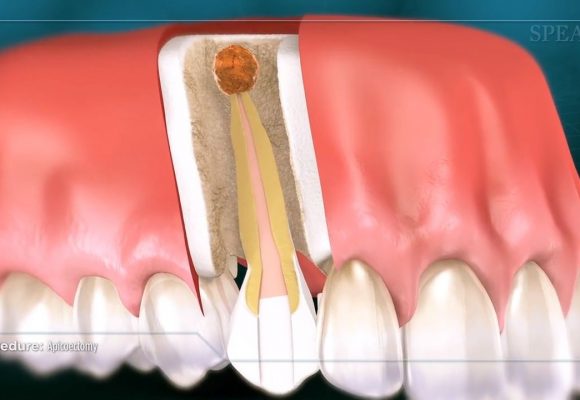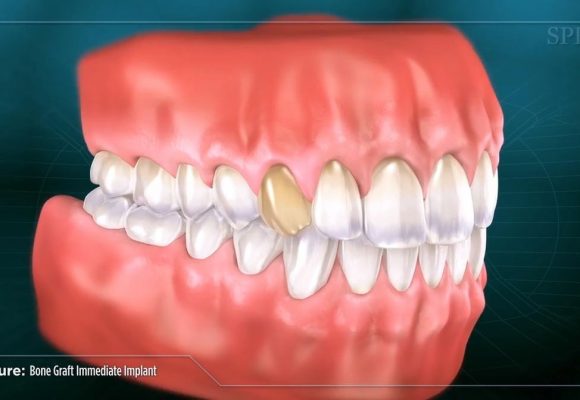When a tooth has become so extensively decayed or damaged that it cannot be preserved, your dentist may recommend extracting it to make way for a replacement restoration. If the tooth requires surgical access to be removed, your dentist will likely perform what is called a surgical extraction.
During a surgical extraction, your dentist numbs the area and uses hand instruments to clear a path in the surrounding soft tissue to ease the removal of the tooth. Sometimes this also includes removing bony obstructions or dividing the tooth into smaller pieces to facilitate the extraction.
After the tooth has been removed, your dentist will clean the area and may suture it closed as needed to allow for healing. While the site is healing, your dentist can fit you with a temporary tooth to wear in the meantime. When your dentist has determined that the area has sufficiently healed, they will work with you to present treatment options available to you to permanently replace the extracted tooth. If left in place, the damaged tooth could lead to further complications such as infection or decay below the gumline, leading to more costly and extensive procedures in the long term. It is important to work closely with your dentist to devise a treatment plan that best reduces these risks to your oral health.
Copyright © 2018 Spear Education. All rights reserved.
Related Articles

Apex resection
Sometimes, even after an endodontic treatment (a root canal treatment) is performed on a tooth,…
Read more
Bone Graft with Immediate Implant Placement
In cases where a tooth is lost and a dental implant is needed, your doctor…
Read more
Impacted Third Molar
Typically in the late teens to early twenties, the third set of molars, or wisdom…
Read more